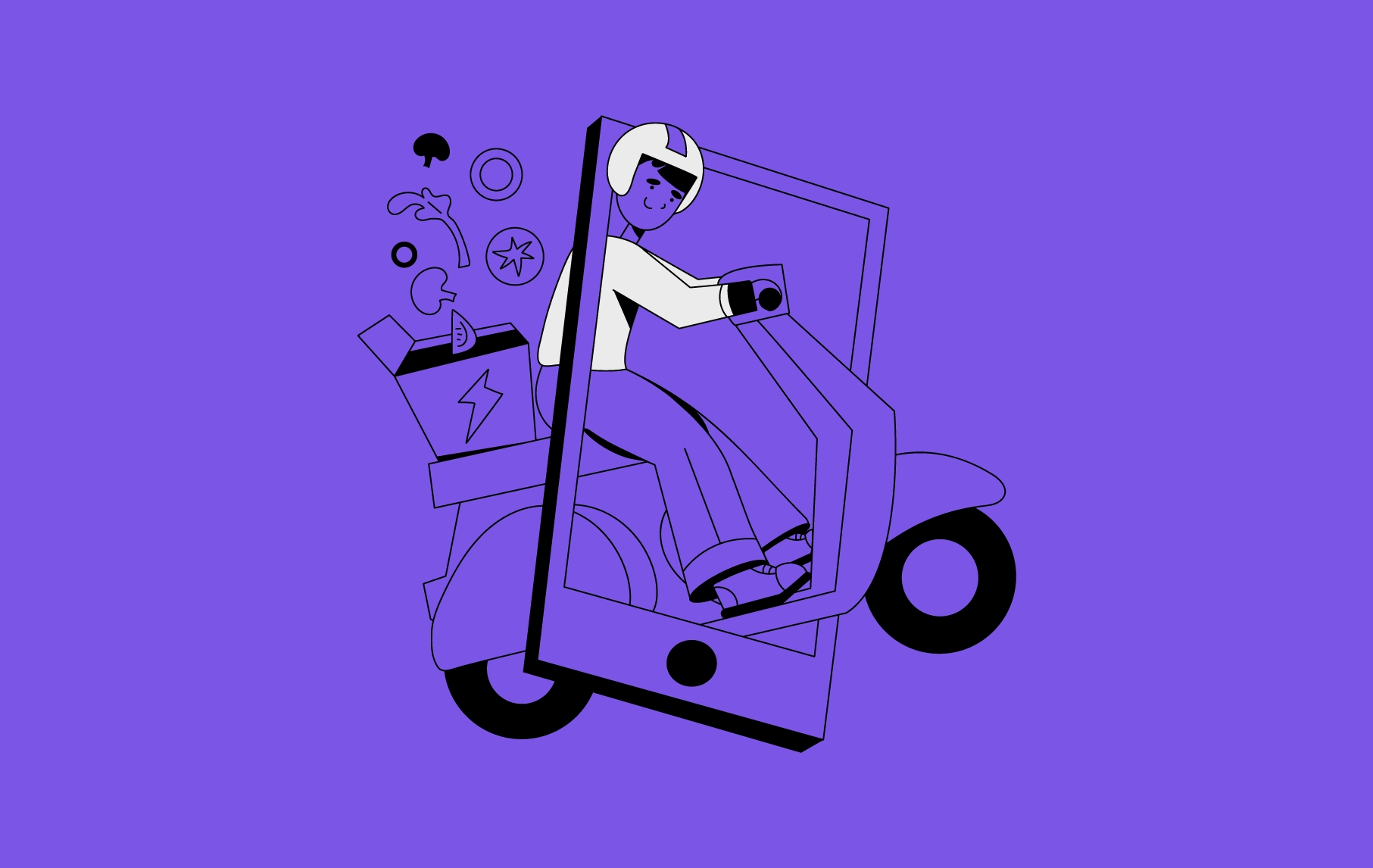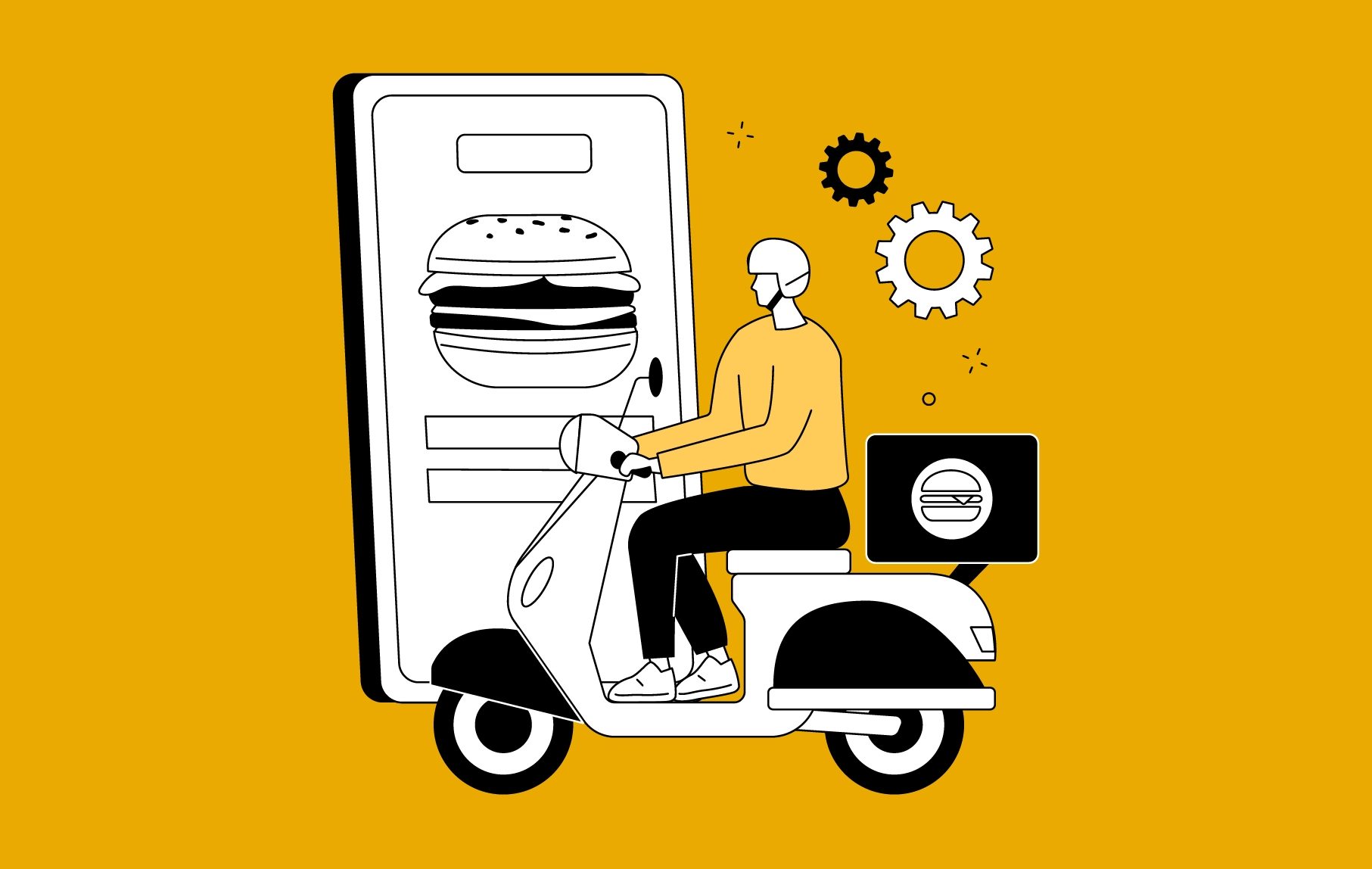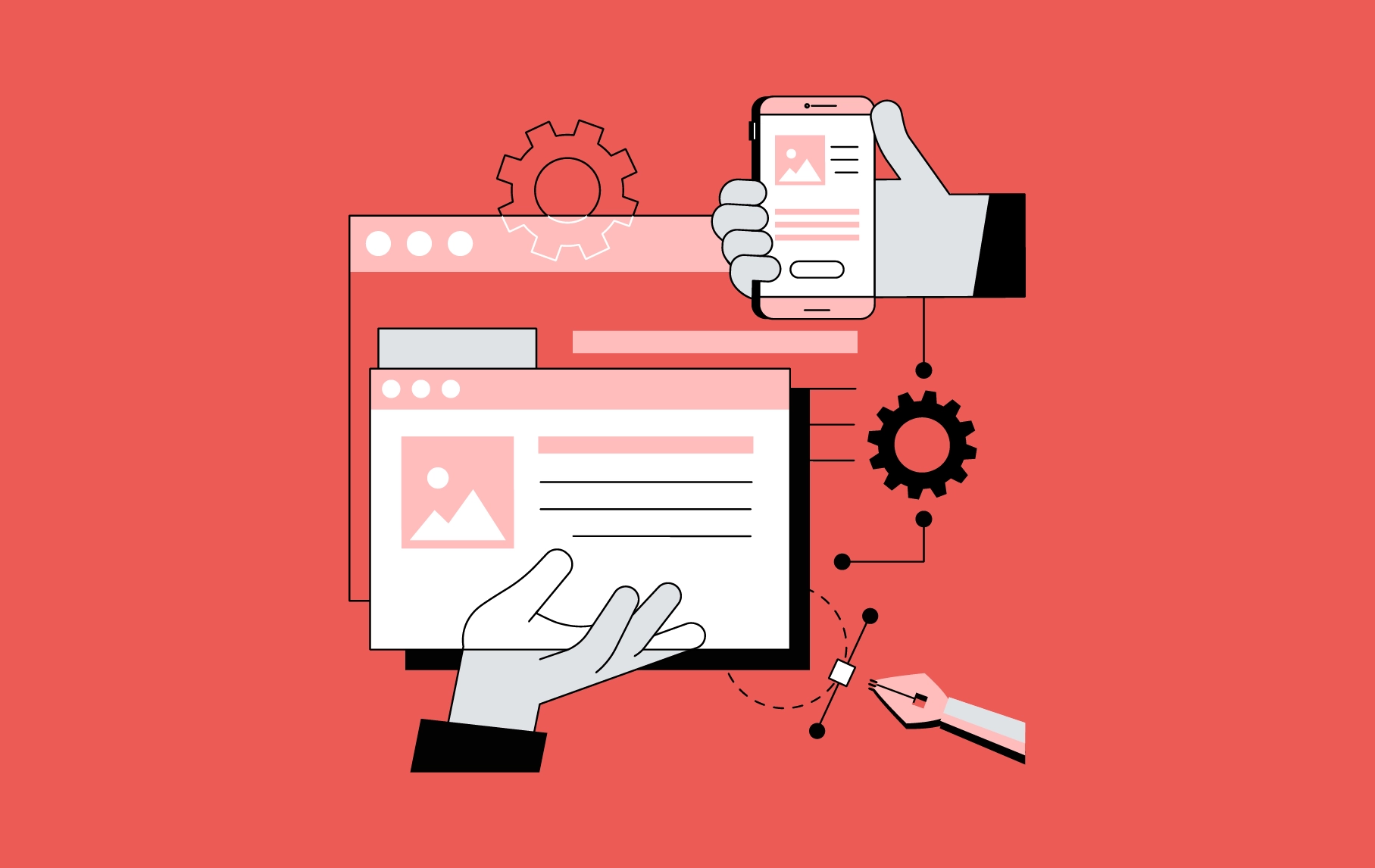- What are Android libraries?
- Why do we need Android Libraries?
- Top 22 Best Android Libraries for Developers in 2022
- Dependency Injector Library
- 1. Dagger 2
- Networking Libraries
- 2. Retrofit
- 3. Activity Recognition API
- 4. EventBus
- Image Loading Libraries
- 5. Picasso
- 6. Glide
- Scanning Libraries
- 7. Zxing
- 8. CAMView
- View Binding Libraries
- 9. ButterKnife
- 10. Android Databinding
- 11. Object Box
- Debugging libraries
- 12. Stetho
- 13. Hyperlog-Android
- Reactive Programming libraries
- 14. RxJava2
- Drawing libraries
- 15. MPAndroidChart
- 16. Holo Graph library
- 17. AnimatedPieView
- 18. MyLittleCanvas
- UI Components libraries
- 19. Gravity View
- 20. Panel Layout
- Testing libraries
- 21. Espresso
- 22. Robolectric
- How can Appinventiv help with Android app development?
Being an Android developer is not a piece of cake.
It needs knowledge and understanding of the languages, libraries and what not. Due to the varied suite of development Android platform holds, it is necessary to crack what libraries and modules work best with current Android app development requirements.
To help the developers and ease out the process of development, we bring you the 22 most preferred Android library layers for developers. Let’s take a quick glance at the basics of Android libraries before we move ahead.
What are Android libraries?
In brief, Android frameworks and libraries (or just libraries in general), are a set of implementations of behavior that are written in programming languages and have a well-defined interface.
These libraries generally include documentation, configuration data, message templates, help data, pre-written code and subroutines, values, classes, to name a few.
Why do we need Android Libraries?
One of the major reasons for using these libraries is to expedite and optimize the Android app development process, i.e., develop an astounding app without any unnecessary or additional efforts. These new Android libraries for developers provide them with basic pre-written codes and other important elements that can be used instantly rather than performing these tasks from scratch.
So, if you have just started your career in Android app creation and want to know about popular libraries that are a go-to tool of almost every Android mobile app development company, then this article is what you need.
Top 22 Best Android Libraries for Developers in 2022
Android libraries, regardless of their stack or platform are a big game change in the field of digital software development. With efficient libraries by your side, you can leverage the tech functionality to its full potential with less boilerplate code. Therefore, here is the Android studio library list of best and latest Android libraries 2022 for Dependency Injector.
Before we start, why don’t we take a moment and understand what Dependency Injector is?
Dependency Injector Library
Dependency injection (DI) is a method that is broadly used in programming for Android development. One can create a good Android library architecture for apps by following the principles of DI.
You get the following benefits for using Android libraries for Dependency Injection:
- Reusability of code
- Ease of testing
- Ease of refactoring
1. Dagger 2
One of the great things about Dagger 2 is that it majorly relies on using Java annotation processors along with compile-time to estimate and analyze dependencies. On the contrary, other Java dependency injection libraries suffer from limitations such as relying on XML, incurring performance penalties during startup, or facing validating dependency issues at run-time.
Another advantage of Dagger 2 is that it simplifies access to shared instances. For example, once you declare in Dagger the singleton instances like MyTwitterApiClient or SharedPreferences, you can easily declare fields with a simple @Inject annotation:
Networking Libraries
Here are the tools that you need for establishing any kind of network communication within the Android app.
2. Retrofit
Retrofit is a type-safe REST client for Android and Java, intelligently mapping an API into a client interface with the help of annotations. Previously, if you wanted to make a network request, you needed to execute an Async task class and then use HttpsUrlConnection in order to fetch data, something that was not ideal when dealing with APIs returning large data. This is now resolved by Retrofit.
One can effortlessly manipulate endpoints and headers, add a request body and query parameters, and select request methods – all with just annotations in Retrofit. Moreover, this Android library also takes care of parsing POJOs by using converters.
Start by adding dependency to your apps build.gradle file –
After adding the dependency to your app build.gradle file, you must add a dependency for converters that you intend to employ.
3. Activity Recognition API
This API permits a user to recognize their present activity, such as strolling, driving, or standing still. Android developers, who are utilizing this library, can demand updates on activity by pressing the ‘Request Updates’ button and quit getting updates utilizing the ‘Eliminate Updates’ button.
Additionally, the sample utilizes an IntentService to handle identified activity changes, which are sent utilizing ActivityRecognitionResultobjects. The IntentService will get a total rundown of likely identified exercises and broadcast them through a BroadcastReceiver.
4. EventBus
While creating an Android app that has various dynamic components, you may be dealing with various issues when communicating with each other. EventBus is probably the best library that was principally made to take care of this issue utilizing the publisher/subscriber design.
This Android framework and library has worked on and simplified the communication between parts, decouples, event senders, and collectors. Additionally, performs well with Activities, Fragments, and background threads. Every one of the various classes that are associated with this library are totally decoupled from one another, prompting code that is less complex and easier to keep up and troubleshoot.
In addition, it has some high level advanced features like delivery threads and subscriber needs. It avoids complex and error-prone dependencies and life cycle issues.
Image Loading Libraries
Image loading libraries are a knight in shining armor combating the problem of “out memory errors” in Android apps caused by loading multiple images at a time. Let’s look at the best Android libraries options out there in this category.
5. Picasso
Maintained by Square, Picasso is a trusted and widely used Android image library. Picasso claims to allow for hassle-free image loading in the application—often in one line of code.
Some of the pitfalls that Picasso takes care of include handling ImageView recycling and downloading cancellation in an adapter, facilitating complex image transformations using minimal memory, automatic memory, and caching.
Additional features that makes Picasso a popular choice among Android app developers are –
- Picasso automatically detects adapter re-use and the previously canceled download.
- It easily and effectively transforms images to make them fit better into layouts and reduce memory size.
- For more advanced effects, one can specify custom transformations.
6. Glide

Glide is yet another praised image loader and one of the best new Android libraries for developers, managed by Bumptech. Not just this, but it is also recommended straight by Google.
Glide not only provides animated GIF support while handling image loading and caching but also helps in fetching, decoding, displaying video calls, images, and these GIFs. It also includes a flexible API allowing developers and programmers to plug in any network stack, as its default stack is HttpUrlConnection.
This library primarily aims at making the scrolling process for any list of images as smooth as it can be. More so, it is also effective in case you need to fetch, resize, or even display a remote image.
Scanning Libraries
In order to integrate scanning features while developing custom Android apps and increase their functionality level, developers prefer the below-mentioned libraries.
7. Zxing
Acronym for ‘Zebra Crossing’, ZXing is a barcode image-processing Android library that is implemented in Java, with ports to other programming languages. This library also has support for the 1D product, 1D industrial, and 2D barcodes.
Google also uses ZXing in order to make millions of barcodes indexable on the web. It also forms the basis of Android’s Barcode Scanner app and is integrated into Google Book Search and Google Product.
8. CAMView
This is an effective alternative to the ZXing barcode scanner. It is an Android camera easy access library with an embedded QR scanner which is based on ZXing.
CamView library possesses a set of components (views in simple words) which are set to be put to your layout files, allowing developers and giving immediate access to-
- Live preview video feed from the device camera
- Scanning barcodes with the help of ZXing’s built-in decoding engine
- To perform your own camera live data processing
View Binding Libraries
The need for view binding libraries first surfaced when the need to reduce the boilerplate code when assigning views to variables arose. As a matter of fact, the number of Android support libraries worth mentioning for this purpose is numbered and two of the most prominent of them are:
9. ButterKnife

Developed by Jake Wharton, ButterKnife is a renowned view binding Android support library helping in assigning ids to views very effortlessly, hence avoiding the excess of findViewByid. The statement- “Butterknife is like Dagger only infinitely less sharp” signifies that view binding is sort of dependency injection. The only difference is that in ButterKnife annotations are employed to generate boilerplate code.
The code below shows that ButterKnife eliminates the need for things like onClick and onTouch while replacing them with auto injected code.
10. Android Databinding
In-built to the Android Support Library, the Android Databinding library requires the least of Android Studio Version 1.3 in order to work. Unlike ButterKnife, this view-binding library for Android does not use annotations. It allows you to bind UI components in the layouts to data sources in the app with the help of declarative format instead of programmatically.
Here layouts are defined in activities with code that needs UI framework methods, i.e., look at the code below. It calls findViewById() to find the TextView widget while binding it to the userName property of the variable viewModel.
11. Object Box
Object Box is a widely used Android databinding library that allows you to devote your valuable time to Various USPs of the product instead of storing and retrieving data. This library acts as an object oriented embedded database considered as a right alternative for SQLite. Since its documentations and portfolio are well defined, it is a perfect suit for IoT (Internet of Things) apps.
Debugging libraries
Almost an indispensable step in the app development process, debugging an application before its final release is as important as it gets. For this purpose, let’s have a look at some useful libraries.
12. Stetho
Stetho claims to be a “sophisticated debug bridge for Android applications”. The use of this library is not limited to just Network inspection, Database inspection, JavaScript Console, etc. but developers use it to have access to the Chrome Developer Tools features that are natively part of the Chrome desktop browser. Moreover, developers can choose to enable the optional dump app tool offering a powerful command-line interface to application internals.
13. Hyperlog-Android
This is a standard Android Log class for storing logs in an Android database library and push them to a distant server for debugging. It is also a utility logger library.
This library provides end to end visibility and helps to debug issues. HyperTrack SDK pushes log to the Hyperlog server, and the server makes use of ELK stack to process the logs and visualize them on Kibana.
Reactive Programming libraries
In Reactive programming, data is released from a component (a source if you will) to the other component known as Subscriber, assisting in handling asynchronous tasks efficiently. So in short, these libraries help with transferring data from source to subscribers. Some of the widely used Android app development libraries for this purpose are:
14. RxJava2
If you are looking for a library that helps you in implementing reactive programming (create reactive applications), then RxJava is an ideal choice for you. It is officially described as “a library for composing asynchronous and event-based programs by using observable sequences”.
This library is considered unbeatable by Android app developers because it simplifies the process to chain async operations, opens a more explicit way to declare how concurrent operations should work, is able to highlight errors sooner than other libraries, among other things.
Drawing libraries
There are hundreds of new libraries being developed every day, but very few are able to impress developers and prove potent. Here are some Android apps graphic libraries that have stood apart from the crowd.
15. MPAndroidChart
MPAndroidChart is an impeccable Android chart/graph view library. It supports radar, line, bar, bubble, pie, candlestick charts along with scaling, animations, and dragging.
If you are looking for its iOS counterpart then, Charts is the one for iOS app development.
16. Holo Graph library
It is another new graphic library which is continuously becoming a favorite of many Android app development companies. This library is ideal for adding impeccably designed graphs and charts into Android applications. It includes –
- LineGraph view (which looks something like this) –
- BarGraph View
- PieGraph View
- MultiSeriesDonutGraph View
17. AnimatedPieView
AnimatedPieView is another method for showing pie charts and ring graphs on Android.
This library offers various benefits like: alpha animation on touch, fitting text field position itself during an animation, transformation between a pie diagram and a ring chart, animation while drawing charts and so on.
18. MyLittleCanvas
It is one of the top libraries for Android developers. This Android Library is used to achieve features such as custom underline on a TextView. It is also used to apply Textshape, lineshape, etc. with canvas methods.
UI Components libraries
User Interface is a prominent and no-space-for-negligence aspect of Android app development. New innovations and advances have surfaced over the years in the Android libraries for UI domains, one of which is Gravity View.
19. Gravity View
A very ‘in’ concept in the market is the gravity view. This is a Android ui library that is used for image tilting using sensors. Gravity View library’s goal is to utilize the motion sensors of Android devices, allowing users to perform certain functions by rotating their device.
This Android UI library was first used in the famous application “Fynd” and has continued to become a favorite of many to date. You need to be operating Android 3.0 and higher in order to use this library. Moreover, if you need to use it for non-gyroscope devices, then you can do so with the help of the Accelerometer sensor.
20. Panel Layout
Panel Layout is a UI library that enables you to display a resizable and floating panel that you can snap to the edges. The library is inspired by iOS UI framework “Panel Kit” and leverages constraint layout to panel with the rest of the content on screen.
It is quite interesting that you can use this library for efficient testing purposes as well. It was precisely released from under-2 clause BSD license and its documentation is definitely worthy of using it on current Android apps.
Testing libraries
Testing your project is a way to become sure of the competence and efficacy of your mobile app. You can use these libraries to test your mobile app before you ship it to the market.
21. Espresso
A part of the Android testing support library, Espresso is evidently a test framework that enables developers to build user interface tests for Android applications. Implying that this library lets you write tests and check whether the text of a TextView is similar to another text or not. It imparts the impression of a real user using the app, running both on real devices as well as emulators.
In order to use this library, you are required to add dependencies to the app module build. Gradle file.
Once you have done this, you can set the instrumentation runner and sync the Gradle files, followed by creating a rest file. This is the reason why businesses prefer Android app bundles.
22. Robolectric
Robolectric is another unparalleled unit testing library. What this library does is that it handles inflation of resource loading, views, including other things. It makes the tests created in the library more efficacious and potent in performing functions that real devices with Android framework dependencies perform. In a sense, Robolectric simulates the Android SDK for the tests, eliminating the need for additional mocking frameworks like Mockito.
Now again, you need to add the dependency in your app’s build.gradle file, followed by creating a sample test class .
These Android libraries list have made it to this record based on the popular recommendation of the Android developers. Their features, functions, and performance together emit excellence in their niche of purpose.
Here Are Some Useful Resources From Where You Can Find More Libraries.
- http://Android-arsenal.com
- Wasabeef Core Libraries
- Wasabeef UI Libraries
- Ultimate Android Library Reference
- Snowdream Android Library Repository
- Android Libhunt
- MindOrks Android Store
So these were some of the Android native library lists that offer great support to the Android developers. Making use of these libraries the developers create responsive mobile apps that save time and are highly efficient.
How can Appinventiv help with Android app development?
Appinventiv is a leading Android app development company that crafts apps to provide a magnitude of Android benefits. Appinventiv works on Android projects to build businesses on multi-platforms. Our suite of Android services range from app development consultation to app development and multiple platform deployment. Connect with us to discuss your project goals and allow us to be a part of your success journey.


- In just 2 mins you will get a response
- Your idea is 100% protected by our Non Disclosure Agreement.

How Much Does It Cost to Build a Food Delivery App Like Deliveroo?
In Europe's culinary landscape, the food delivery industry has flourished, revolutionizing the gastronomic experiences for millions of people. This surge is driven by factors such as busy lifestyles, increasing demand for diverse cuisines, and the recent emphasis on contactless services. As consumers increasingly look for the convenience of doorstep dining, businesses entering the food delivery…

How Much Does It Cost to Develop a Food Delivery App like Glovo?
Food delivery businesses have progressively increased in the last few years, assisting companies in augmenting operational efficiency by prioritizing customers. Behind the success of food delivery businesses, apps like Glovo play a significant role helping through strategic execution, targeting audiences, and enhancing customer retention. Building a food delivery app like Glovo is a strategic process…

How Much Does It Cost to Build a Translation App Like DeepL?
When it comes to the evolving global digitization, the imperative for effective communication across linguistic borders has become more pronounced than ever. Now, stepping into the forefront of this linguistic evolution is DeepL, a translation app that addresses the need for effective communication across languages in the digital landscape. It stands out by using advanced…

















